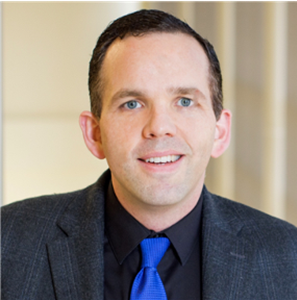
Speaker:
David J. Hilton (Baylor University)
Location:
Address:
Mitchell Physics Building
College Station, Texas 77843-4242
David Hilton received B.S. (1997) and M.S. (1999) degrees in Optics from the University of Rochester. He received a M.S. (2001) and Ph.D. (2002) in Applied Physics from Cornell University. From 2002 to 2006, he was a postdoctoral researcher at Los Alamos National Laboratory in New Mexico, where his research focus shifted to terahertz spectroscopy of correlated electronic systems. From 2006 to 2007, he was a postdoctoral researcher at Rice University, where his interests included the development of novel spectroscopic measurement techniques for high-resolution spectroscopy in high magnetic fields. He joined the faculty as Assistant Professor of Physics at the University of Alabama at Birmingham and was promoted to Associate Professor in 2013. He joined the faculty of physics at Baylor in Fall of 2019. His research interests include the development of novel spectroscopic measurement techniques for high-resolution spectroscopy in high magnetic fields. With these, he focuses on the study of the thermodynamics insulator-to-metal phase transitions in transition metal oxides, the thermodynamics of non-equilibrium phase transitions in iron-based superconductors, and ultrafast investigations of high mobility two-dimensional materials and transition metal dichalcogenides.
Copyright © 2024. All rights reserved, Texas A&M University Trademark | Texas A&M University, College Station, Texas 77843